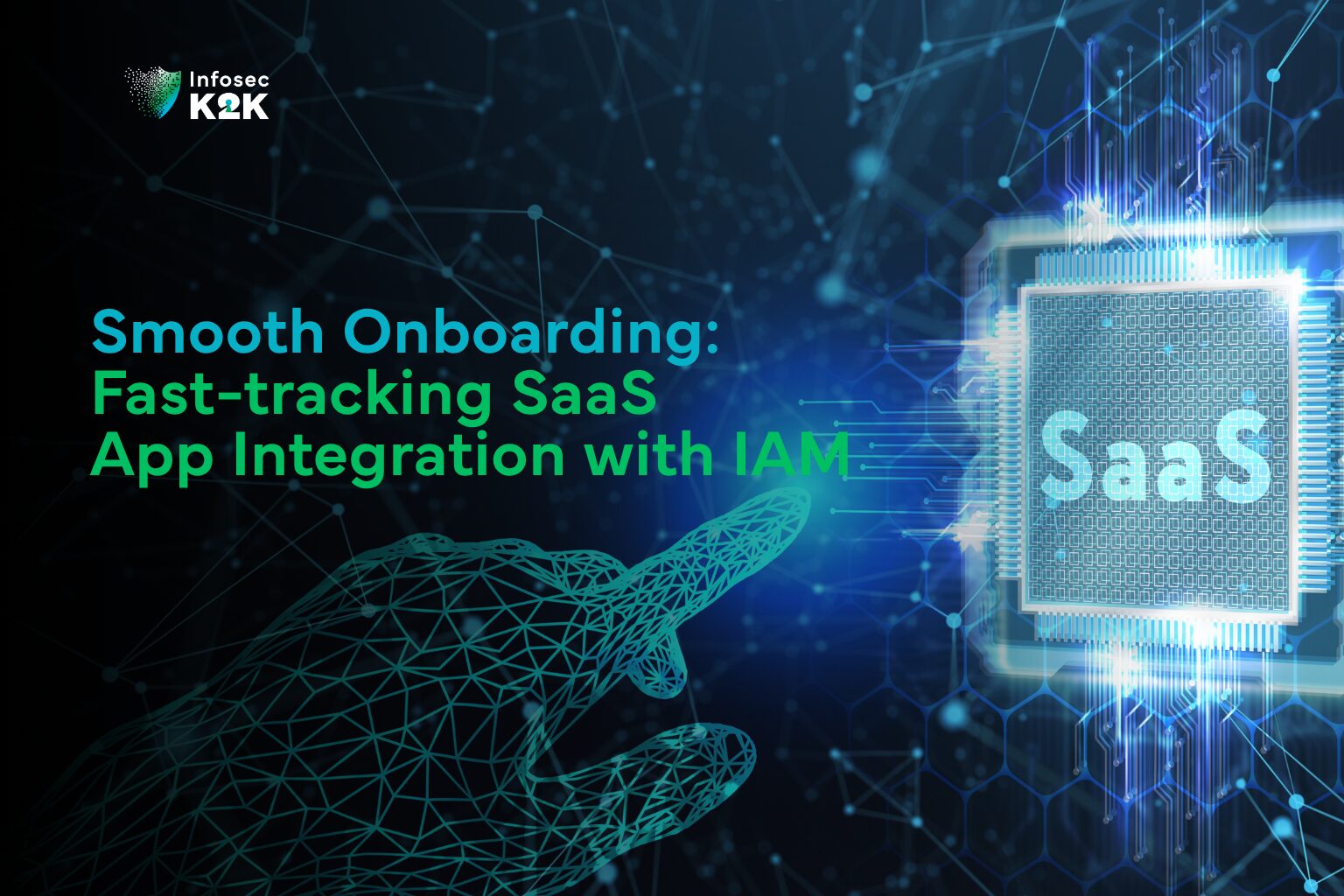
Smooth Onboarding: Fast-tracking SaaS App Integration with IAM
In today’s cloud-first environment, organisations are rapidly adopting Software-as-a-Service (SaaS) applications to enhance productivity, collaboration, and scalability. However, with every new app comes the challenge of managing user identities, access permissions, and compliance. Without a structured integration approach, SaaS apps can become fragmented and expose security risks.
Identity and Access Management (IAM) plays a critical role in streamlining the onboarding of SaaS applications. This blog explores strategies to integrate SaaS apps efficiently using IAM frameworks and tools.
The Challenge of SaaS Sprawl
The average mid-sized enterprise uses over 150 SaaS applications. With each tool introduced, IT teams face:
- Manual user provisioning and deprovisioning
- Inconsistent access policies
- Lack of visibility into who has access to what
- Compliance and audit headaches
IAM solutions help centralise identity control and enforce consistent access governance across all SaaS platforms.
Benefits of IAM-based SaaS Integration
Integrating SaaS apps with IAM tools offers several key advantages:
- Centralised user lifecycle management
- Consistent enforcement of security policies
- Single Sign-On (SSO) for improved user experience
- Automated provisioning and deprovisioning
- Audit-ready logs and compliance support
Key Steps for Fast-tracked SaaS Onboarding
- Conduct an App Inventory
Start by identifying all SaaS applications in use, including shadow IT. Prioritise high-risk and high-usage apps for integration.
- Choose the Right IAM Platform
Select an IAM solution that supports modern protocols like SAML, SCIM, and OAuth. Popular options include Azure AD, Okta, Ping Identity, and ForgeRock.
- Automate Provisioning with SCIM
Use System for Cross-domain Identity Management (SCIM) to automate user creation, updates, and removal across SaaS platforms.
- Enable Single Sign-On (SSO)
Implement SSO to simplify authentication and reduce password-related risks. Ensure the IAM solution supports federation standards.
- Define Role-Based Access Controls (RBAC)
Create standard roles and entitlements aligned with job functions. Assign access dynamically based on user attributes.
- Establish Governance Policies
Develop workflows for access requests, approvals, reviews, and recertification. This ensures compliance and reduces privilege creep.
- Monitor and Audit
Integrate activity logs from SaaS apps into your IAM analytics dashboard. Regularly review for anomalies or violations.
Real-World Use Case
A growing fintech company needed to onboard 20+ SaaS apps, including Salesforce, Slack, Zoom, and Jira. Using Okta as their IAM solution, they:
- Enabled SSO and automated user provisioning with SCIM
- Mapped roles to departmental functions
- Reduced app onboarding time from weeks to days
- Strengthened audit readiness for compliance reviews
Common Pitfalls to Avoid
- Relying on manual scripts for user management
- Skipping access reviews
- Not updating configurations as apps evolve
- Failing to communicate changes to end users
Conclusion
Smooth onboarding of SaaS applications is essential for maintaining operational efficiency and security. By leveraging IAM platforms, organisations can accelerate integration, enforce governance, and deliver seamless user experiences. A structured, policy-driven approach to SaaS onboarding ensures agility without compromising control.
Infosec K2K specialises in IAM strategy and implementation for enterprise SaaS ecosystems. Contact us to learn how we can simplify your app onboarding journey.